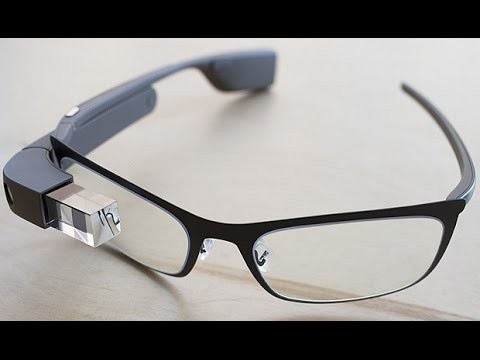Google is reportedly developing and testing version 2 of its Glass wearable device after it stopped producing prototypes of the original smart eyewear early this year. New features on the next generation include hinges to attach the eyepiece gadget to regular eyeglasses, an Intel processor, Wi-Fi, and an external battery pack. The reboot's target market is business sectors including manufacturing and health care.
Google is quietly distributing the new Glass "Enterprise Edition" model, which is more durable and water-resistant than its predecessor. Only businesses in the "Glass for Work" program can get one.
Google Glass 1 received much media attention. However, that did not translate into big sales figures on the consumer market, greatly due to privacy issues linked to its built-in camera, and the common complaint that it was nerd gear.
The search giant has no plans to officially launch Glass 2. However, it is hoping that companies will start using it by autumn.
Google's new prototype reportedly has several upgrades over the first model. In particular, it has hinges so it can be attached to a standard pair of eyeglasses, according to CNET.
In terms of major tech features, the latest model also includes an Intel processor and Wi-Fi wireless connectivity. An external battery pack is perfect for all-day use, according to ArsTechnica.
Glass 2's display prism also has some key improvements. It is bigger yet thinner than the first version, and includes both vertical and horizontal prism adjustment.
The WSJ and 9to5Google reported that a consumer version of Glass 2 is in the works. After the company makes tweaks to get the bugs out, it will likely launch a sleeker version for everyday use.
Google has been marketing the Glass wearable since January through its Google at Work program, such as by testing it with Taco Bell employees. The high-tech tool helped to fill orders.



























